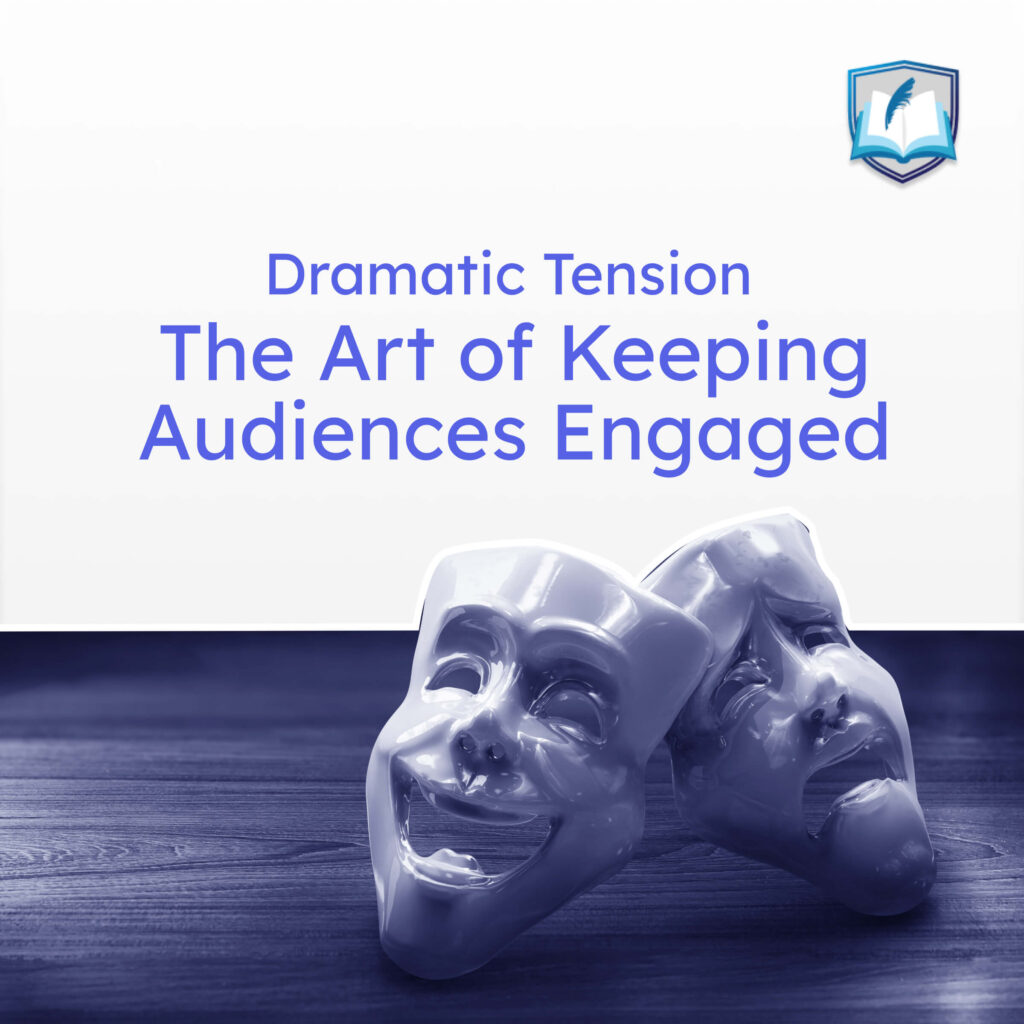Dramatic tension is the heartbeat of storytelling, driving narratives forward and keeping audiences on the edge of their seats. Whether in literature, film, or theater, creating and maintaining tension is a skillful art that captivates and enthralls. In this article, we’ll explore the concept of dramatic tension, its significance, and the techniques writers employ to masterfully weave suspense into their stories.
Understanding Dramatic Tension
Defining Dramatic Tension
Dramatic tension can be described as the uneasy anticipation and excitement that arise when audiences are presented with unresolved conflicts or uncertainties. It’s the feeling of not knowing what will happen next, combined with the desire to see how characters overcome challenges. This tension is a driving force that propels the plot forward and compels viewers or readers to remain engaged.
The Role of Conflict
Conflict is at the heart of dramatic tension. Whether it’s a clash between characters, internal struggles, or external obstacles, conflict creates the stakes that heighten tension. As characters confront these obstacles, tension builds, and the audience becomes emotionally invested in the outcome.
Techniques for Building Dramatic Tension
Pacing and Timing
Effective pacing is crucial for building and sustaining tension. Writers manipulate the timing of revelations, confrontations, and resolutions to create peaks and valleys of emotional intensity. Moments of calm can be followed by sudden twists or revelations, intensifying the tension and keeping the audience hooked.
Unpredictability
Surprising the audience with unexpected developments or plot twists is a powerful technique for maintaining tension. When events unfold in ways that are contrary to expectations, it keeps the audience guessing and eager to see how characters will respond to new challenges.
Withholding Information
Strategically withholding key information from the audience can create a sense of suspense. This technique encourages viewers or readers to actively seek answers, fostering a deeper engagement with the story. As information is gradually revealed, tension mounts, and the audience’s investment grows.
The Impact of Dramatic Tension
Emotional Resonance
Dramatic tension generates emotional investment by eliciting empathy for characters’ struggles. As audiences become emotionally attached to characters, their successes and failures become deeply felt experiences, heightening the overall impact of the story.
Sustained Engagement
Stories rich in dramatic tension hold the audience’s attention, preventing disengagement or boredom. The constant desire to see how conflicts are resolved and mysteries are unraveled compels viewers to remain invested until the very end.
The Art of Release: Resolving Dramatic Tension
Fulfilling Expectations
While maintaining tension is crucial, providing satisfying resolutions is equally important. Audiences seek closure and catharsis after investing emotionally in a story. Resolving conflicts and answering questions allows tension to dissipate, offering a sense of completion.
Balancing Tension and Release
The interplay between tension and release is a delicate balancing act. Too much tension without relief can exhaust the audience, while too much resolution can lead to a lack of emotional engagement. Skillful writers navigate this balance to create a dynamic and rewarding storytelling experience.
Conclusion
Dramatic tension is a fundamental element that breathes life into narratives, holding the audience captive from beginning to end. Through conflict, pacing, unpredictability, and strategic release, writer’s craft stories that elicit powerful emotions and keep audiences invested in the characters’ journeys. As creators, understanding and harnessing the power of dramatic tension allows us to create unforgettable tales that resonate deeply with those who experience them.
FAQs
- What is dramatic tension?
Dramatic tension is the sense of anticipation and excitement that arises from unresolved conflicts or uncertainties in a story.
- How does conflict contribute to dramatic tension?
Conflict creates stakes and challenges that intensify tension and engage the audience.
- What role does pacing play in building tension?
Pacing controls, the timing of events and revelations, creating peaks and valleys of emotional intensity.
- Why is unpredictability important in maintaining tension?
Unpredictable plot developments keep the audience engaged and eager to see how characters will react.
- How does dramatic tension impact audience engagement?
Dramatic tension keeps the audience emotionally invested, sustaining their interest and preventing disengagement.




